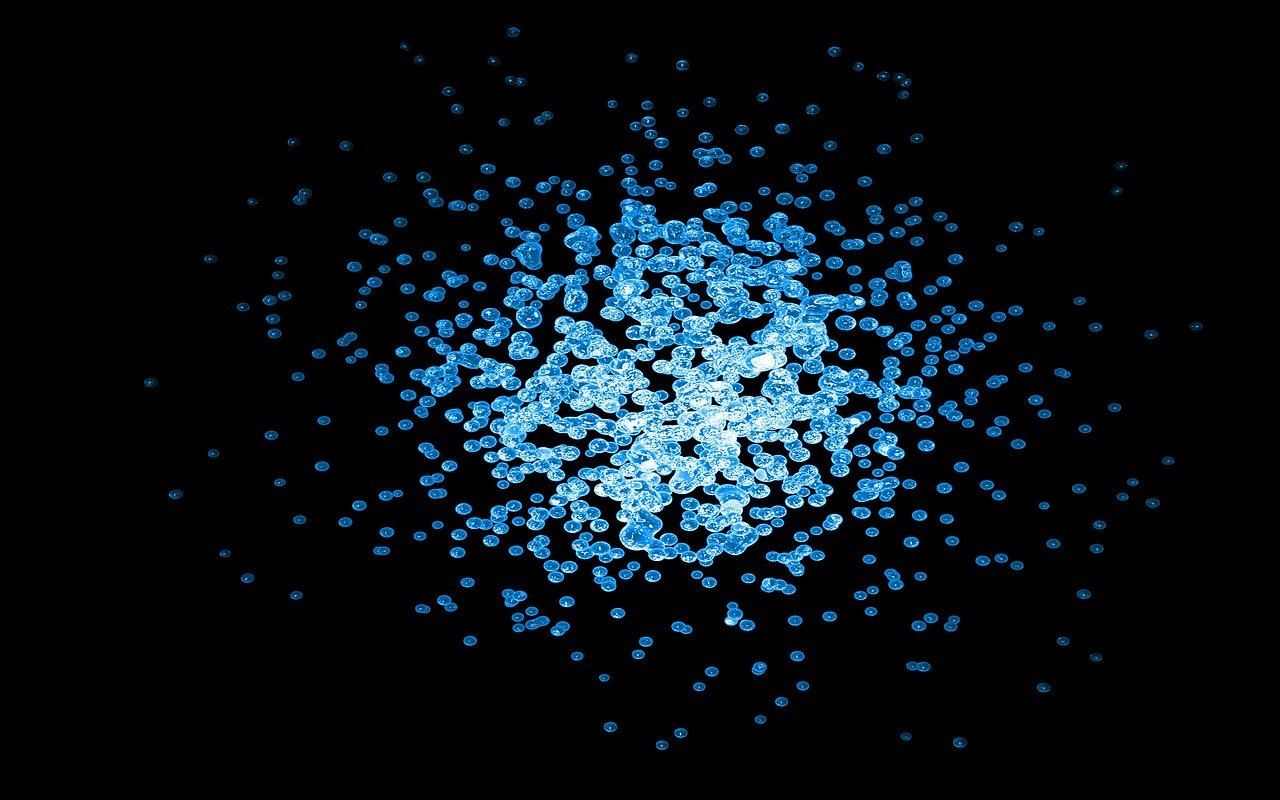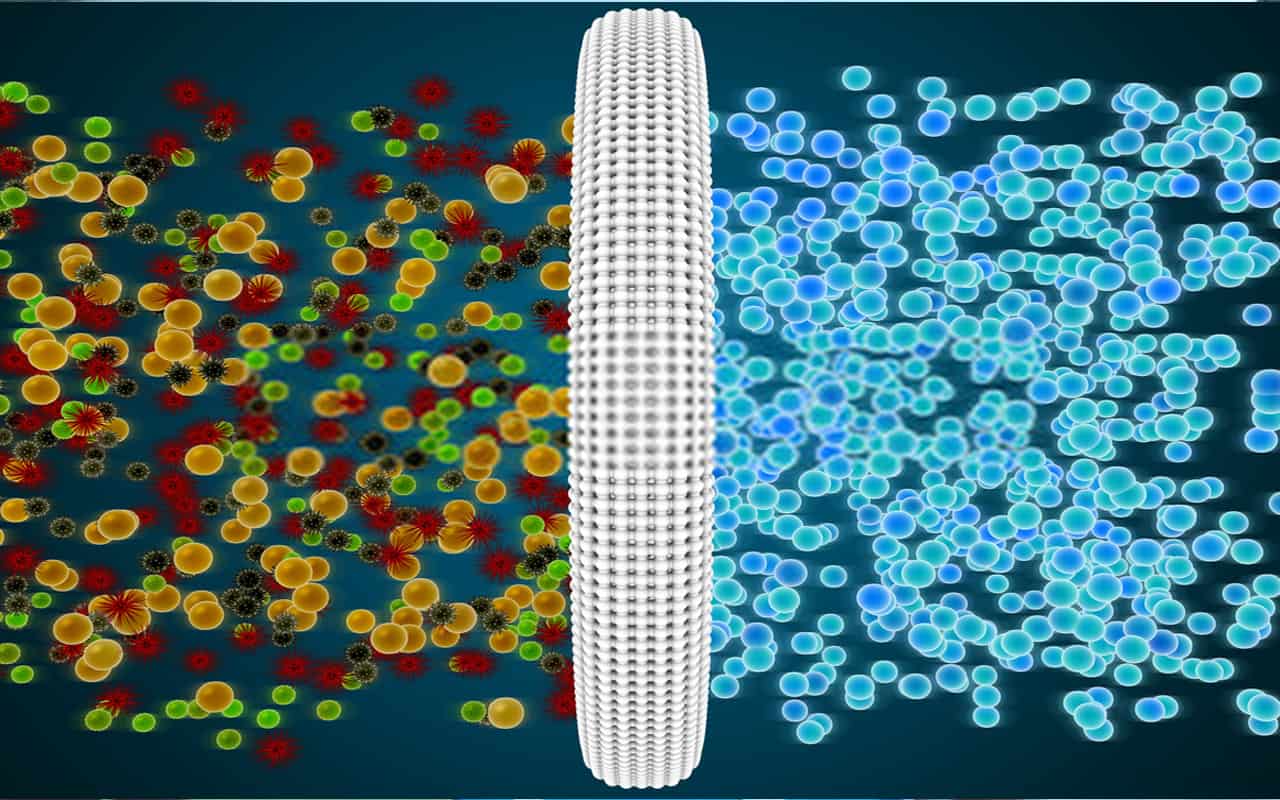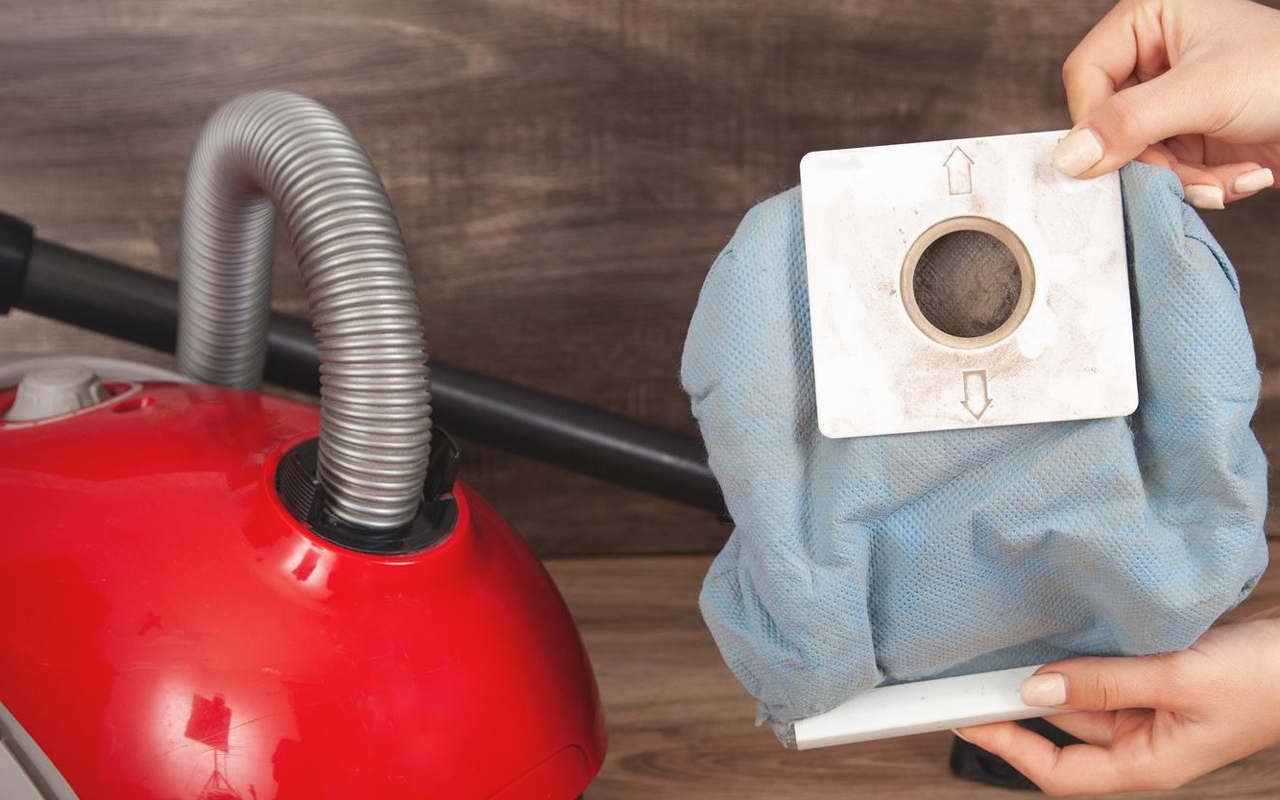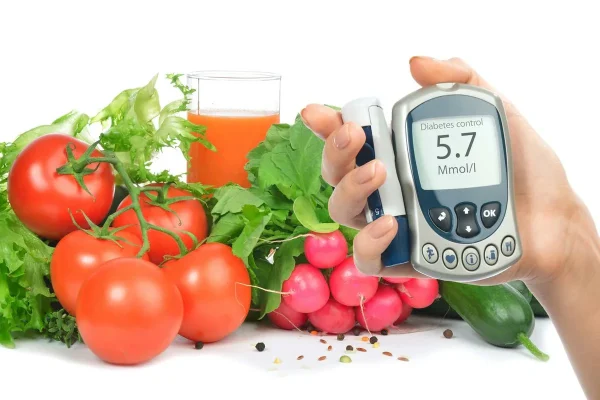Groundbreaking research shows that we inhale up to 68,000 microplastics a day in our homes and cars, challenging our perception of safety in enclosed spaces.
In the opening lines of her book Your Home, Your Pollutants, chemist and science writer Clara Inés Alcola asks a seemingly innocent question that has enormous scientific and social significance: do we really know what surrounds us inside our homes? Throughout the book, she immerses us in a critical and candid look at everyday objects and the silent chemistry that inhabits our daily lives. Air fresheners, cosmetics, plastics, detergents, pharmaceuticals… all are part of an artificial ecosystem that we rarely question.

A recent and compelling discovery published in a scientific journal seems to give new meaning to this reflection. A group of researchers from the University of Toulouse, led by scientist Nadezhda Yakovenko, has shown that the air we breathe in our homes and cars contains thousands of invisible microplastic particles. This is not a metaphor or an exaggeration: according to their calculations, we are talking about 68,000 particles per day. And the most alarming thing is not the quantity, but their size and the ease with which they can penetrate deep into our lungs.
The enemy is in the air… in your living room
Microplastic pollution is no longer just a problem for the marine environment or the environment in general. It is no longer just about plastic bags floating in the ocean or fragments of them in birds’ stomachs. New research confirms that the air we breathe in our homes or on our way to work contains much more microplastics than previously thought.
A British team measured the concentration of plastic particles ranging in size from 1 to 10 micrometres. This is an extremely small size — about seven times thinner than a human hair — which allows them to bypass our natural defences and settle comfortably in our lungs. At this scale, microplastics are no longer just passive fragments: they can penetrate tissue, carry toxic additives and cause inflammatory reactions.
Using an analytical method called Raman spectroscopy, the researchers analysed the air in three flats and two cars in real-life conditions. The conclusion was clear: the concentration of particles in car interiors even exceeded that in residential buildings, with an average concentration of 2,238 particles per cubic metre compared to 528 particles found in residential buildings. In some cases, during normal human activities such as walking, airing out a room, or simply moving around, peak values of more than 34,000 particles per cubic metre were reached.
A risk that has yet to be measured
The most alarming aspect of this discovery is that these inhalable particles went unnoticed in previous studies. Most studies have focused on fragments larger than 10 or even 20 micrometres, which are less likely to penetrate the lungs and tend to accumulate in the upper respiratory tract. However, the smallest microplastic particles — the ones that are most dangerous to health — were overlooked due to technical limitations.
Using Raman spectroscopy, the researchers were able to accurately identify and quantify the smallest plastic microparticles, including fragments of polyethylene, polyamide and other industrial polymers found in textiles, furniture, carpets, automotive parts and packaging.

Although the study does not establish a direct link between exposure and specific diseases, possible adverse effects have already been mentioned in the scientific literature. Inhaling microplastics may contribute to chronic inflammation, oxidative stress, immune system disorders and even cardiovascular and neurological problems, especially if the fragments contain chemical additives such as phthalates, BPA or PFAS.
What are we doing, breathing plastic?
The main source of these particles is everyday objects themselves: synthetic fabrics, carpets, household appliances, packaging… All of them release small particles as they wear out or simply due to wear and tear. Indoors, the problem is exacerbated by poor ventilation and accumulation. Every time we walk, open a window or move a blanket, we stir up a cloud of microplastics that hovers around us, invisible but palpable.
In cars, the problem is even more acute. The combination of confined space, plastic surfaces in every corner and poor ventilation creates the perfect atmosphere for these particles to concentrate. What’s more, researchers have been able to link some of the plastics found in the air to materials in the dashboard, handles and seats.
The most alarming aspect of the study is that it reveals a completely invisible, silent and irreversible form of pollution. While we can usually sense smoke, dust or the smell of chemicals, microplastics float in the air without leaving any noticeable traces. Yet we breathe it in every second we spend at home, in the office or in the car.
Discoveries like this are shattering the traditional view of pollution as something distant, associated with industrial chimneys or faraway seas. Pollution is no longer ‘out there’ but is part of the home environment itself. And this requires a radical change in mindset.
Is there anything we can do?
Although modern technology makes it virtually impossible to completely eliminate microplastics from indoor air, there are ways to reduce their impact. Replacing synthetic fabrics with natural ones, avoiding soft plastics in furniture and toys, using vacuum cleaners with HEPA filters, cleaning with a damp cloth instead of a broom, and regular ventilation are some of the most effective recommendations.
There are fewer solutions in the car, but keeping the interior clean, lowering the temperature inside (to prevent plastic degradation), and using high-quality air filters can help. It is also recommended to avoid aerosol air fresheners and clean surfaces of accumulated dust.
A guide to help you understand what you breathe, what you eat and what you touch every day
At a time when we are discovering that the air in our homes can be saturated with thousands of invisible microplastic particles, it is almost inevitable to recall the reflections of Clara Inés Alcola in her book Tu hogar, tus contaminantes (Your home, your pollutants), published by Pinolia. This popular science work, written with the liveliness of a storyteller but with the rigour of a qualified researcher, has come along just in time to help us understand a reality that has so far gone unnoticed by most.
Far from being alarmist, the book builds bridges between science and everyday life. By examining the most common objects and habits of our daily lives — from the cream we use in the morning to the detergent we use for laundry — Alcolado offers a panoramic and critical view of the chemical footprint we leave behind without even realising it.
One of the book’s main strengths is its narrative structure: it is not just a list of pollutants, but rather a story from the life of a family, told as a story, where every everyday gesture becomes an occasion for scientific reflection. This approach makes the reader feel not guilt, but conscience.
The text examines in detail such key concepts as new pollutants, persistent chemicals and endocrine disruptors. At the same time, it uses accessible language, translating scientific jargon into understandable ideas without losing depth. Readers learn, for example, how certain medicines end up in water, what the connection is between cosmetics and the ecosystem, and why certain species are affected.
In addition, Alcolado explores the historical evolution of this problem, from DDT to contemporary regulatory issues in the European Union, and proposes solutions such as green chemistry, responsible innovation, and active citizen participation. The book strikes a remarkable balance between condemnation, education, and hope.

The author’s value lies in the fact that she writes not only from an academic perspective (she is a chemist, a researcher preparing to defend her doctoral thesis, and has participated in projects on environmental protection and atmospheric chemistry), but also from the perspective of a communicator. Her experience on social media, at conferences and in the media allows her to create dynamic, clear and compelling prose.
The book Your Home, Your Pollutants is not intended to encourage us to live in risk-free isolation, but rather to promote a better understanding of the environment. It encourages us to make informed decisions, demand greater transparency regarding the products we consume and, above all, not to underestimate the power we have as individuals to change our perception of the world.
In the context of discovering that even the air in our homes can be polluted by thousands of plastic particles, this book is a must-read for anyone who wants to understand the scale of the problem… and be part of the solution.





